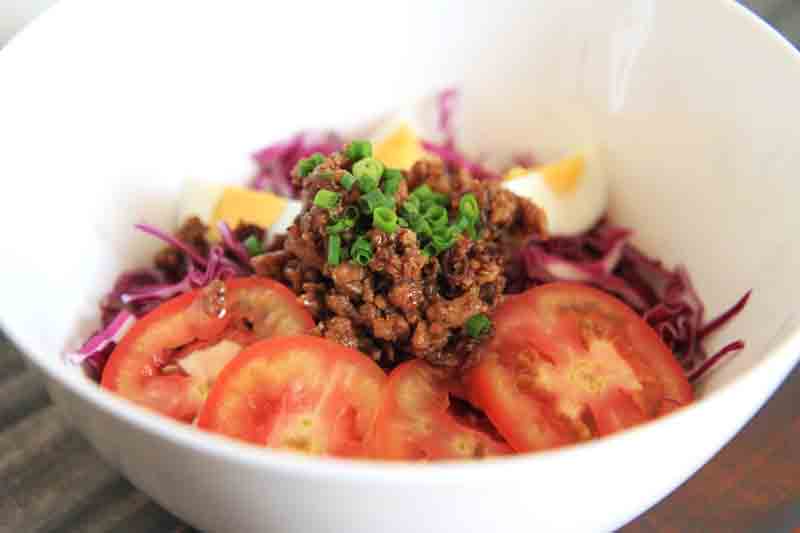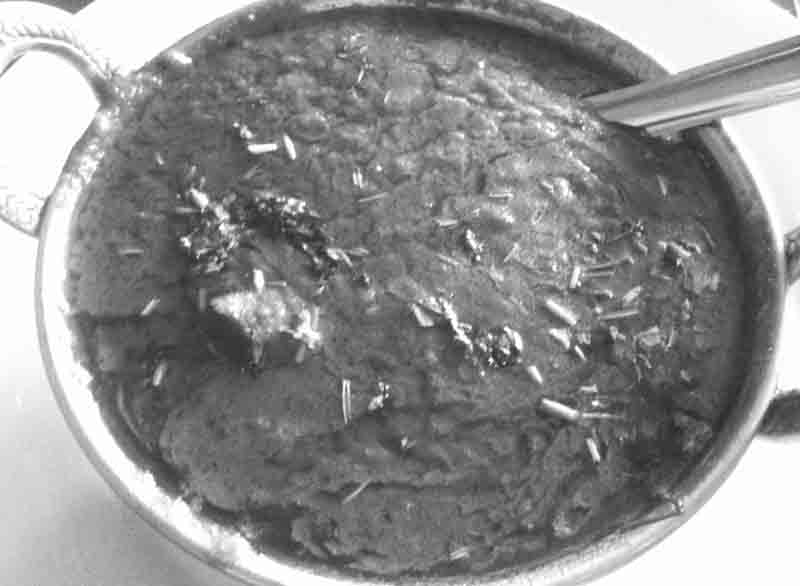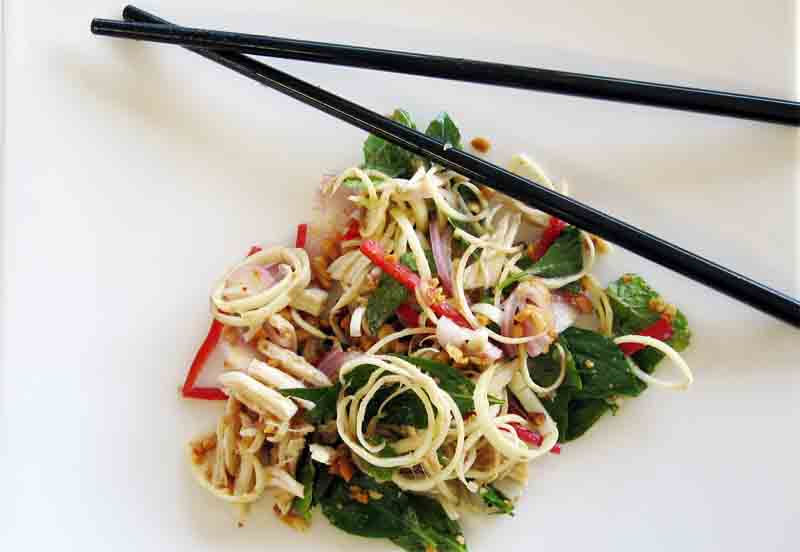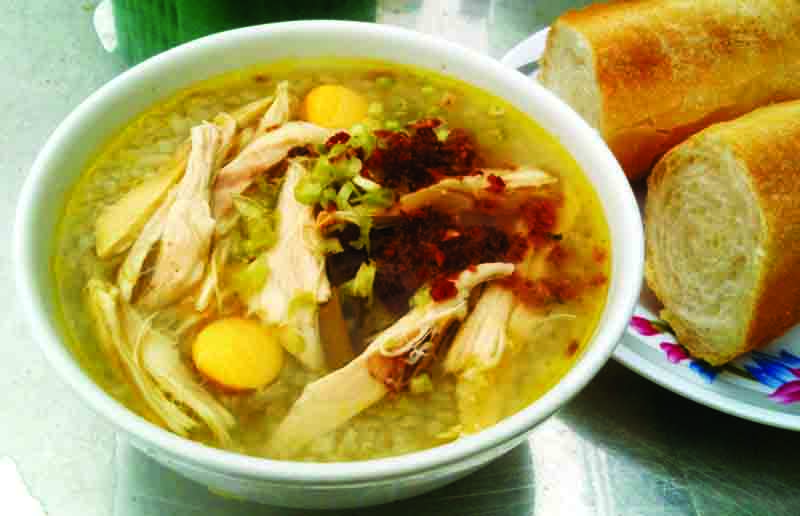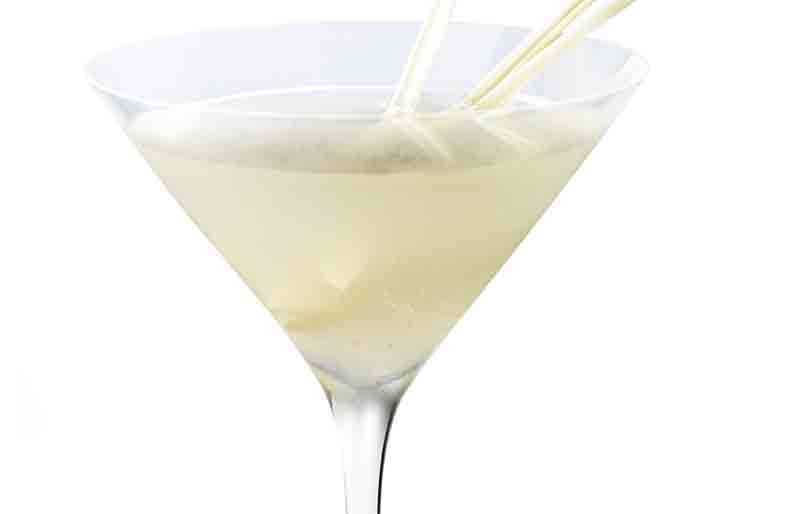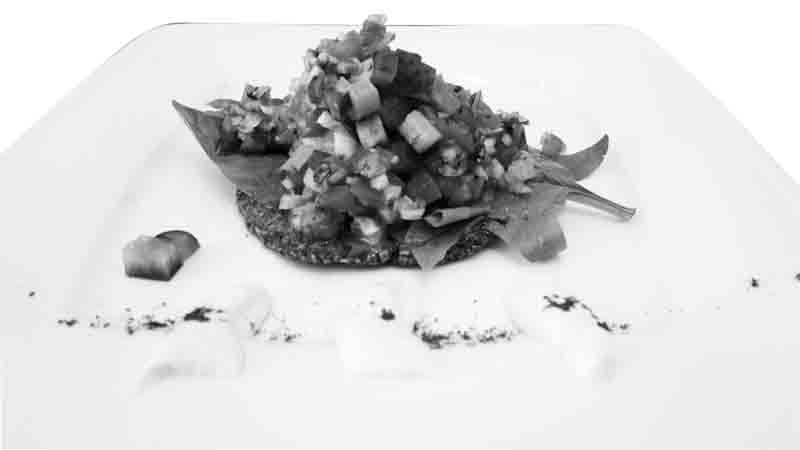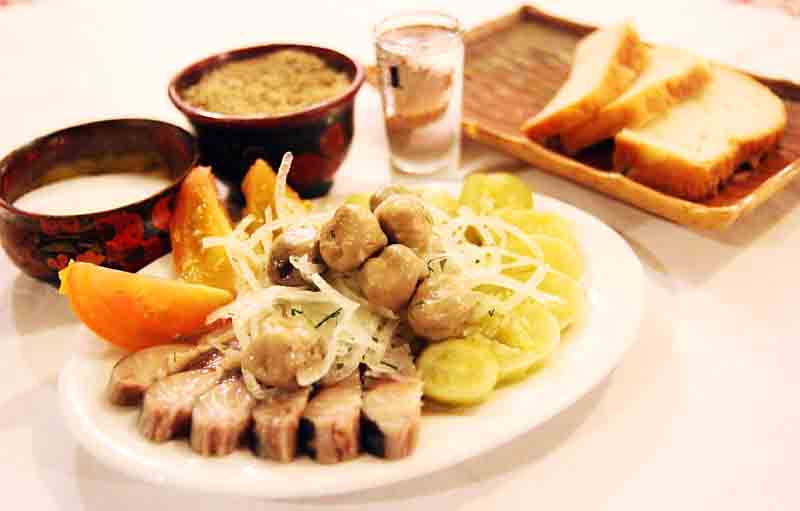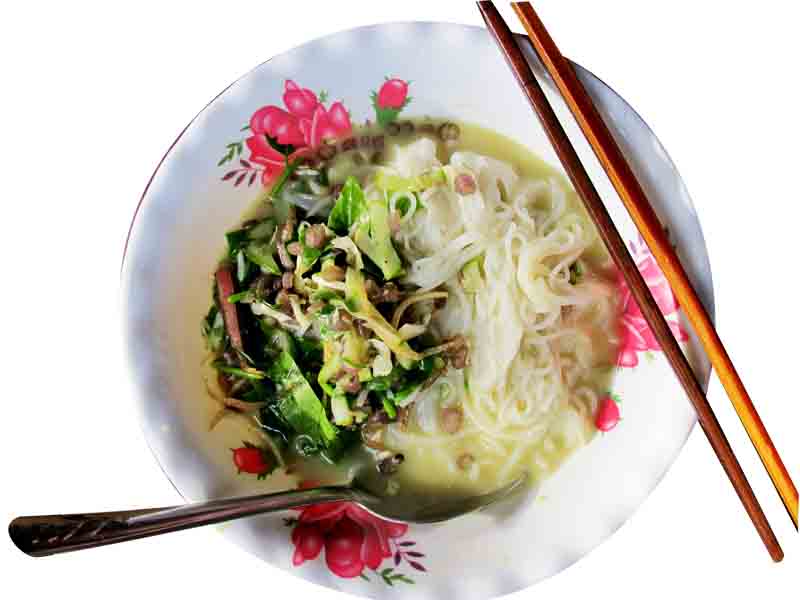It is possible to be a tourist in your own town. Since an influx of expatriates have adopted parts of the city as home, it’s easy to live in blissful ignorance of the ‘real’ Phnom Penh, still alive in the local markets and winding alleys. These are the sites which do not appear on your tuk tuk driver’s picture card alongside the National Museum and S21.
O’Russei Market is one of them. It might seem a little daunting at first: it’s the most densely populated market in Phnom Penh. The heavy concrete is absolutely necessary to the holding of this number of people, shoes and appliances. It’s not a place you would stop off for a quiet coffee and piece of cake, but don’t think that means you can’t get them there. You can. It’s especially worth a visit if you fancy fried crickets.
Starting on the west side of the market, opposite a line of fabric stalls where rolls of glittering, gaudy, then plain black and denim fabrics sit beneath canvas awnings, is the fruit market. A group of stalls create a walkway into the ground floor of the three-storey market. Before you are engulfed by the darkness, take a seat at the brohet stall.
If you have ever been wearied by the dull brown of beef or the yawn-inspiring off-white of chicken, this is the cuisine for you. Just don’t try to work out what you’ve ordered until you eat it. Pork (or crab) comes wrapped in a green coating which, when fried, becomes crispy and brittle; the traditional British rhubarb sweet seems to be the inspiration for one stick of rolled red and white meat and, of course, the platter wouldn’t be complete without the Angry Bird kebab (a local delicacy, don’t you know).
But don’t be afraid! It may look strange and vaguely dangerous, but the pork (or crab) balls are delicious, no matter what shape or colour they come in. At $1 for three kebabs and two fried vegetable sides, it’s a dish worthwhile experimenting with.
Head left before you reach the entrance proper and walk past the fruit stalls to the northwest corner of O’Russei. Nom banh chok awaits: a reassuringly recognisable dish of rice noodles and curry. This is great if your iron levels are running low: chunks of dark, jelly like chicken blood float beneath the surface of the immense curry pot on the table. A steal at $1 for your basic vegetable, carbohydrate and protein intake, you might be tempted to splash out on the prawn spring rolls: a mere 1500 riel each.
Now enter the belly of the O’Russei market beast. Apart from your daily groceries, sugared tamarind can be bought from a moving cart for $4 per kilo. As with most Cambodian market stalls, you can try before you buy.
Walking straight through to the east side of the market and into the light will arrive you at the jelly jah hoi stall. Those with an extremely sweet tooth will find their sugar cravings satisfied by a concoction of jelly, condensed milk, coconut milk and beans, which you can design yourself. It’s a bit like pick ‘n’ mix, but wetter.
The scariest things in life (and cuisine) are scary because they’re unknown. Spend an afternoon away from your favourite air-conditioned cafe, save a little money and face your fear: Angry Bird kebabs.
O’Russei Market (Psar O’Russei), north of Olympic Stadium.
